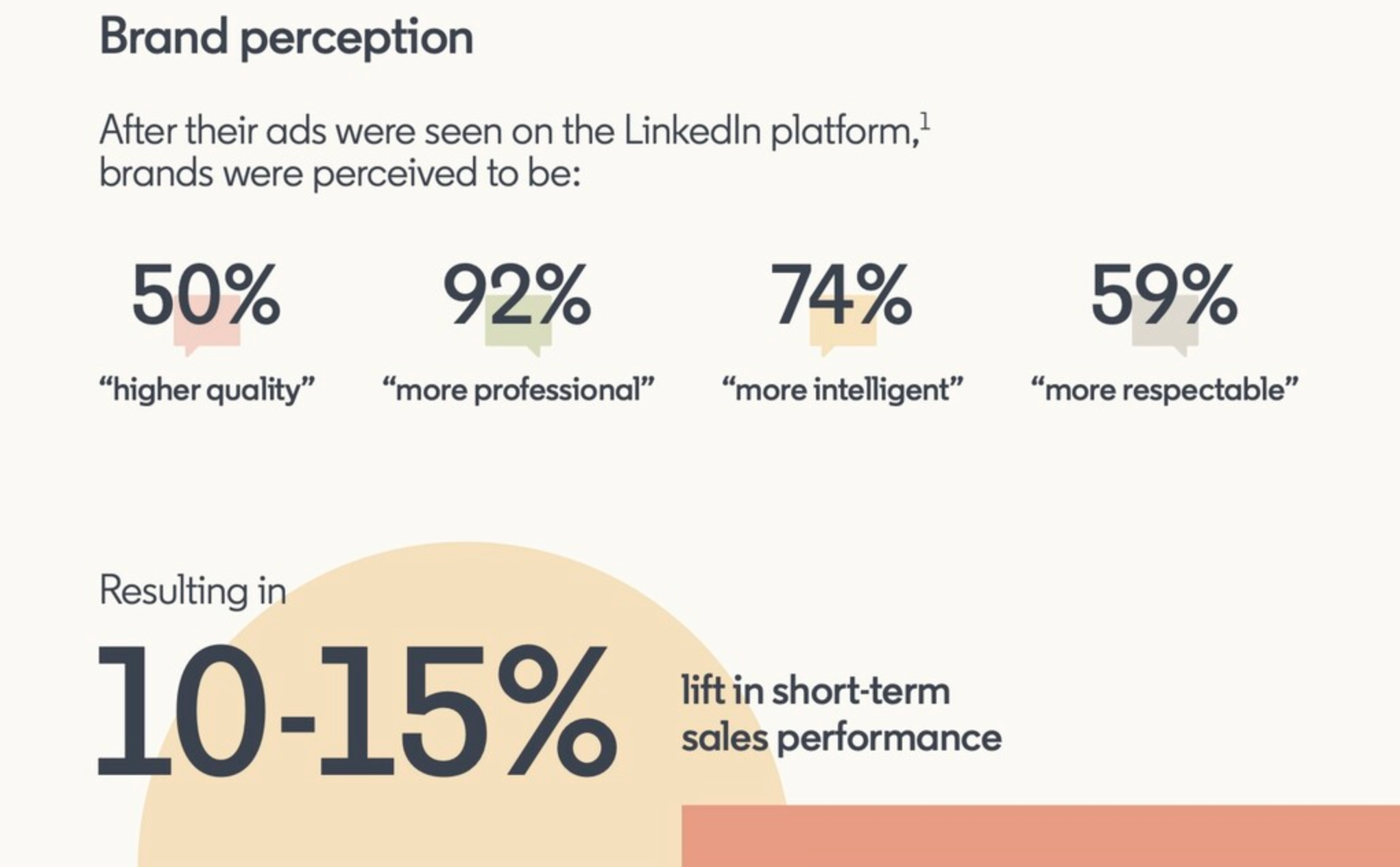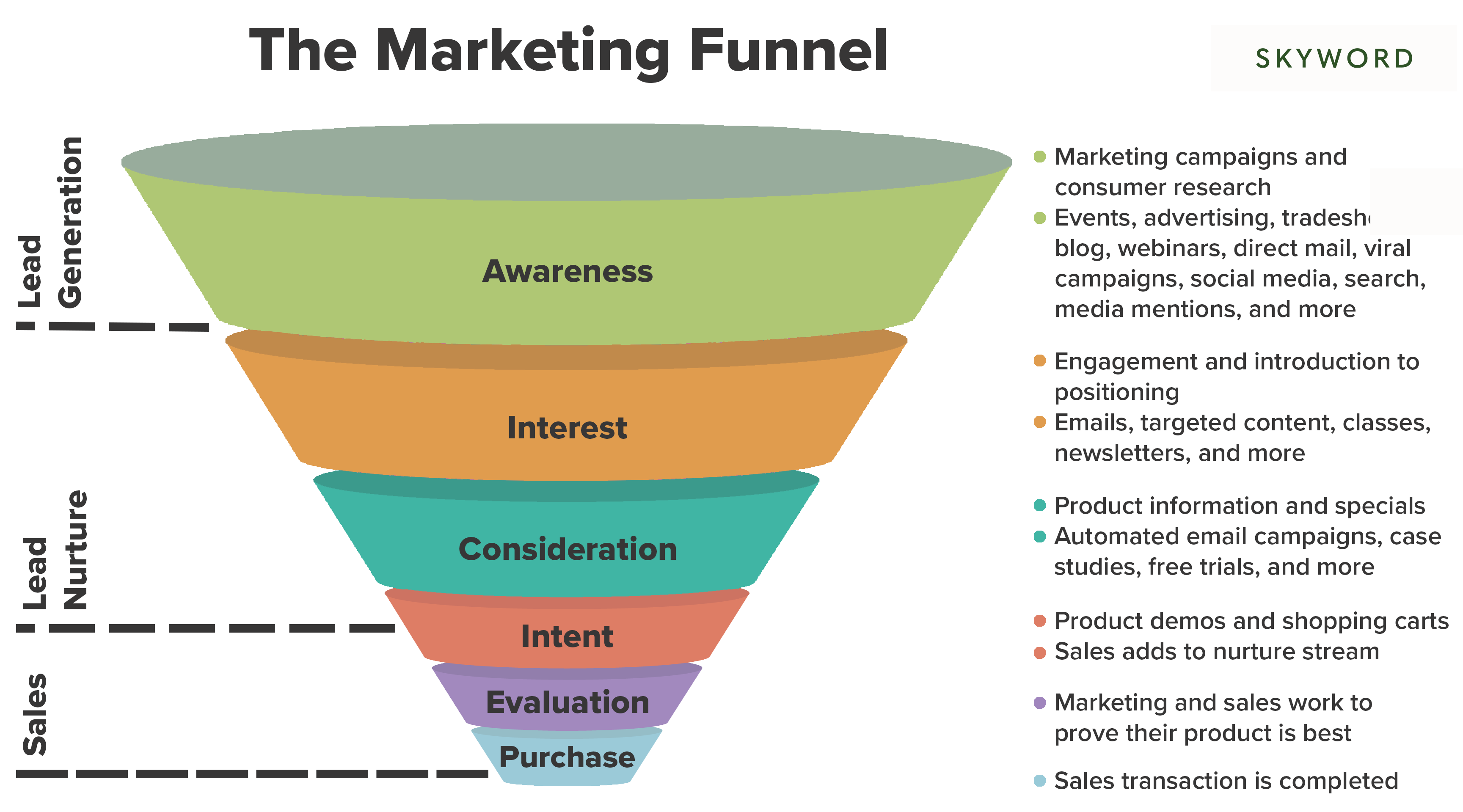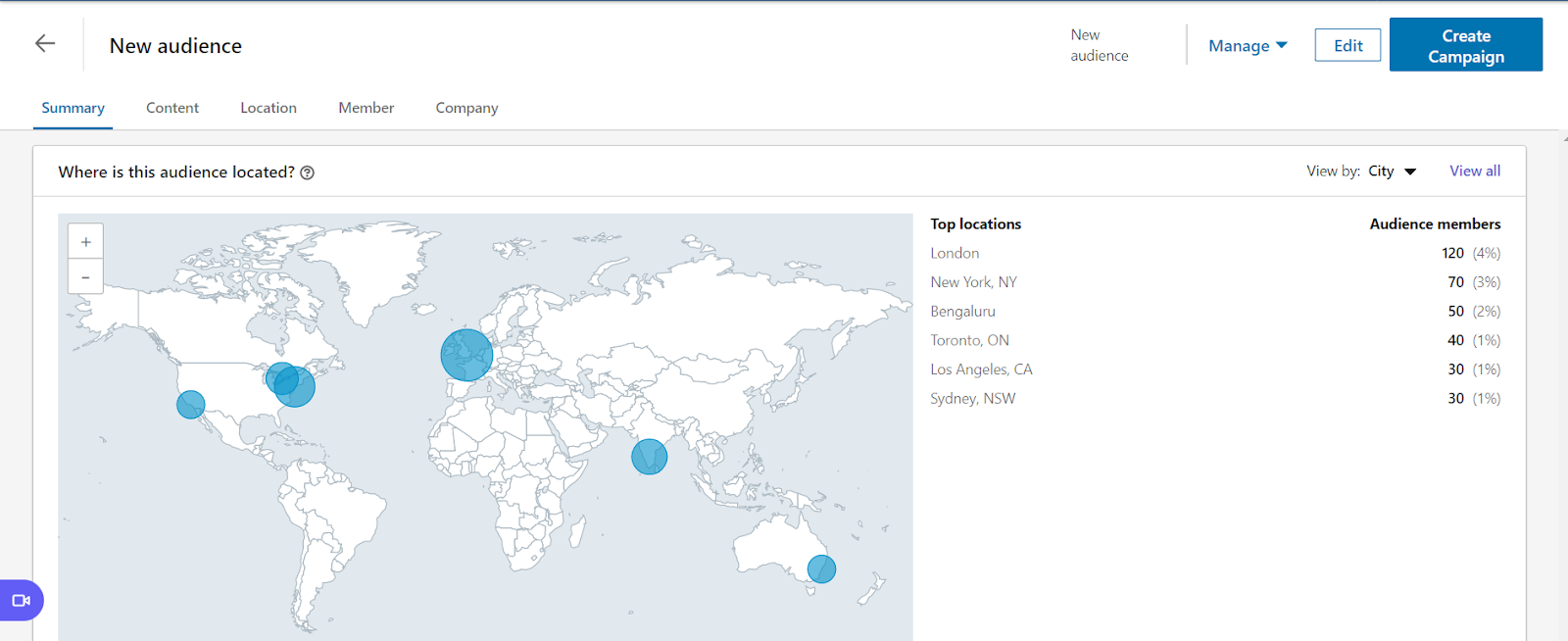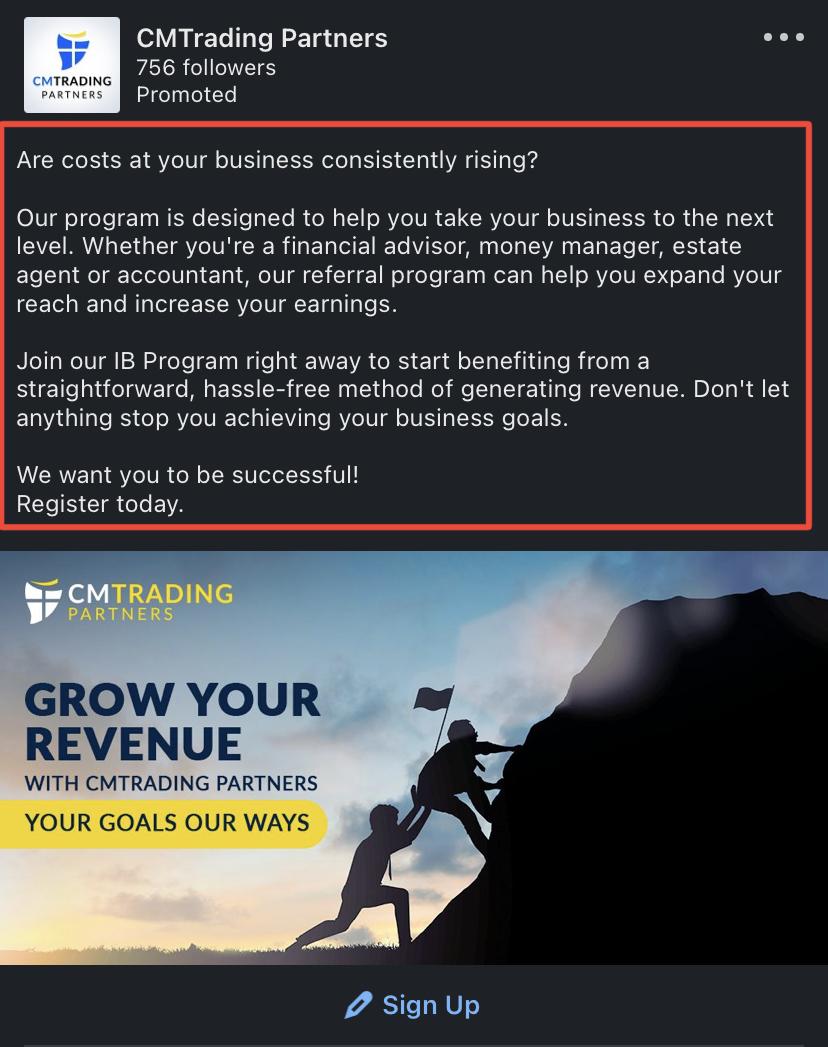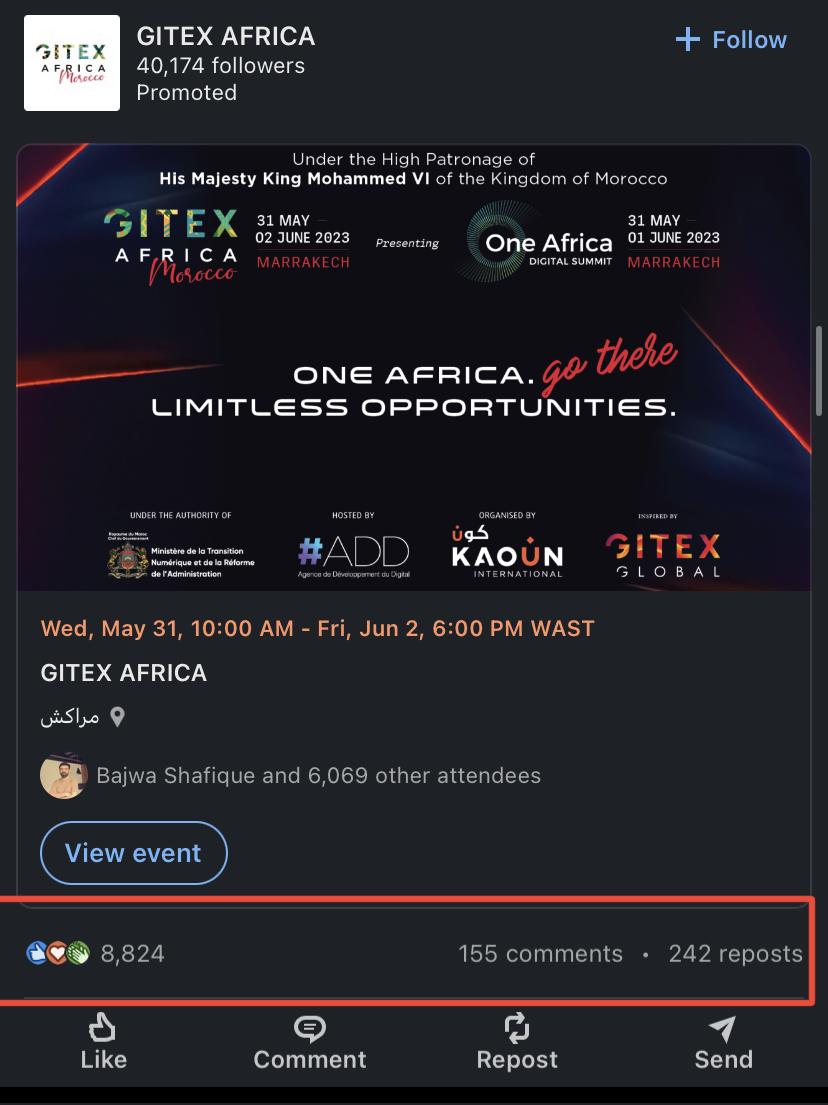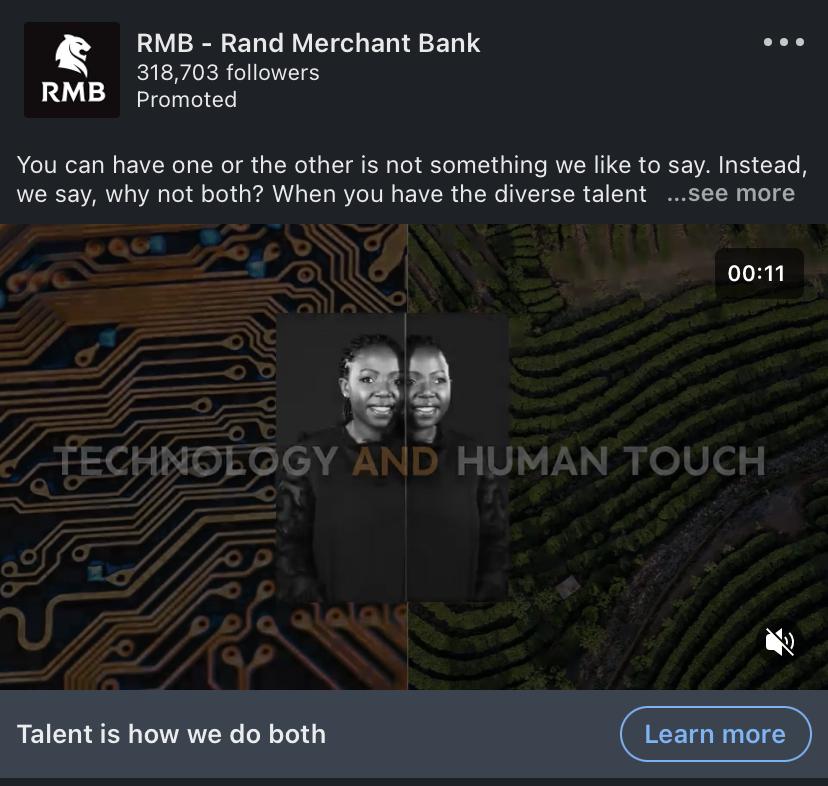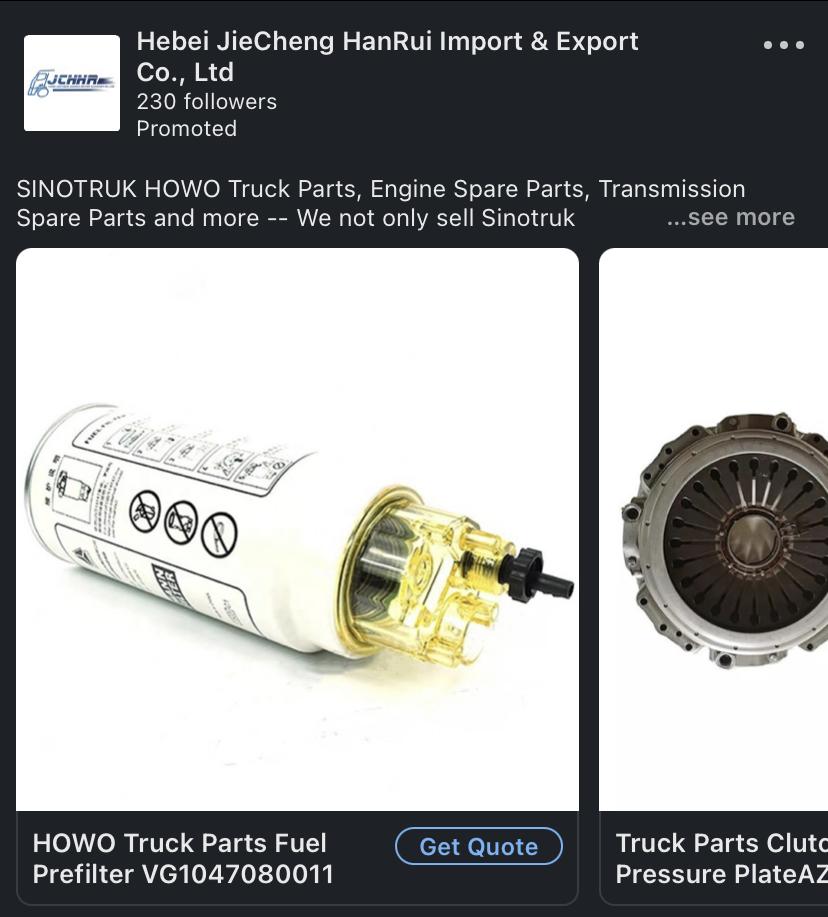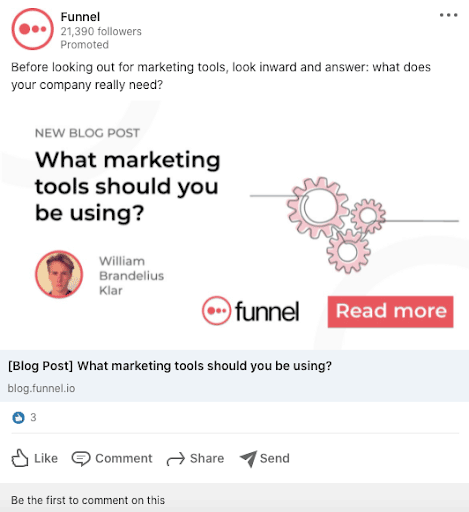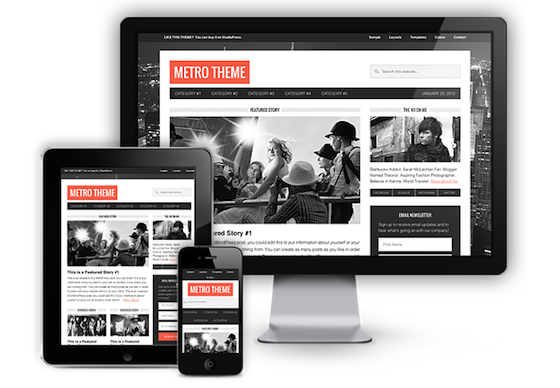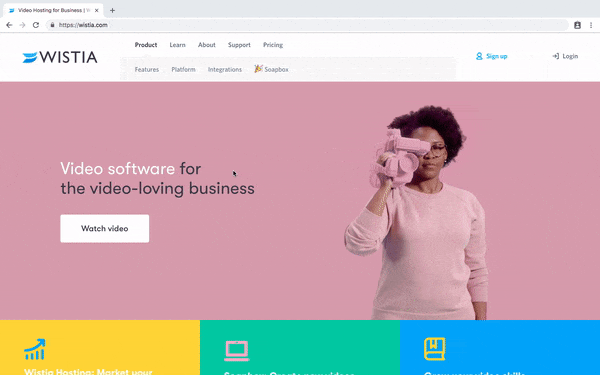LinkedIn is not just a job searching and networking platform. It has also grown into an advertising hotspot. With LinkedIn advertising, you can reach a highly targeted audience of professionals and create a strong brand presence.
50% of people see brands as higher quality when they advertise on LinkedIn. It gets even more interesting when you discover that 92% of people perceive LinkedIn advertisers as more professional.
But, many brands are vying for attention on the social platform. So, creating engaging LinkedIn ads is essential.
In this article, you’ll find seven LinkedIn ads best practices to help you create ads that’ll drive the best results.
1. Define Your Advertising Objectives
Without clear marketing campaign objectives, you won’t know what success looks like. So, take time to set your advertising campaign objectives.
Ask yourself, do you want to:
- Increase brand awareness?
- Generate leads?
- Drive website traffic?
- Or promote a specific product or service?
Once you have a clear business goal in mind, you can relate it to your marketing funnel (shown below). Then, develop a strategy to achieve it.
For example, if your goal is to increase brand awareness, this falls under stage one of the funnel. So, you might consider creating top-of-the-funnel ads that focus on building brand recognition.
When setting your objectives, you also want to ensure they meet the SMART criteria below. It’s a great way to set goals that are clear, measurable, and achievable within a specific timeframe.

Finally, don’t forget to set KPIs. KPIs help you measure your campaign performance and ensure that you’re on track.
When setting performance indicators, choose metrics that are relevant to your specific goals. Say you aim to generate leads. You can track the leads generated, conversion rate, average cost per conversion, etc.
2. Know Your Target Audience
You need to understand who you’re trying to reach before creating an appealing ad campaign. This is a golden rule in promotion, so you should see it in any eCommerce, B2B, or SaaS marketing strategy.
So, begin by identifying your audience’s demographics. Know your audience attributes like:
- Age
- Gender
- Job titles
- Location
You can find the information by analyzing your current customers with LinkedIn’s Audience Insights.
Furthermore, you can conduct surveys and interviews to learn about your ideal customers. Reach out to your existing customers or connections on LinkedIn. Ask them to take part in a survey or interview about their interests, pain points, and challenges.
When conducting these surveys or interviews, ask open-ended questions. These questions allow participants to share their thoughts and feelings in their words
Then, use those insights to tailor your ad content. Say you’re targeting SaaS marketing experts. You could tailor your ad copy by using industry-specific language. You can also focus on the unique pain points SaaS marketers face. For example, you could mention how your product can help automate their SaaS marketing strategy, save time, generate leads, etc.
Note that LinkedIn advises that you don’t hyper-target. When you input your custom audience targeting criteria, don’t use more than two to three.
If you’re starting, always cast a wider net. Make sure your criteria keep your preferred audience reach at 15k for message ads. But for text ads and sponsored content, you need an audience of at least 50k. You’ll see the estimate when you insert your targeting criteria into the LinkedIn Ads Manager.
You can also use LinkedIn’s contact targeting feature to reach a specific audience. Just connect your LinkedIn account with your contact management platform. Alternatively, you can also upload your email list. Just make sure you verify the email addresses on your list for effective targeting.
3. Craft Compelling Ad Copy
Crafting compelling ad copy is the foundation of any successful LinkedIn advertising strategy. After all, your ad copy is what draws your audience in and convinces them to take action.
One of the best LinkedIn ads best practices one can share is to start with powerful headlines. Your headline is the first thing users see, so make it count.
Use strong, attention-grabbing language that speaks to your target audience. Avoid using generic or vague language that doesn’t clearly show what you’re offering.
For example, instead of a headline that reads “New Product Launch.” Try something like “Experience Unmatched Lead Generation with Our Innovative email finder.” This is more specific.
Besides your headline, your ad copy should also include concise descriptions. This should highlight the benefits of your product or service. Be sure to keep your descriptions short and to the point. Users on LinkedIn are often on the go and don’t have time to read through lengthy copies.
Take a cue from what CMTrading Partners did below:
You also want to incorporate keywords that are relevant to your product or service. Think about the keywords your target audience is likely to be searching for. Including them can boost your visibility. A tool like AdWords Keyword Planner can also help you find these keywords.
Further, use A/B testing to determine what resonates with your audience. This involves testing various forms of your ad copy to see which performs best.
4. Use Eye-Catching Visuals
Users get overwhelmed with endless content when scrolling through their feeds. So, you need to make your ad stand out. The first step to achieving this is choosing relevant and appealing visual content.
First, use high-quality images and visuals. This also means avoiding generic stock photos. Users are more likely to engage with content that looks professional and polished.
Invest in professional visuals tailored to your brand and messaging. This could mean hiring a graphic designer or video editor.
Furthermore, keep your target audience in mind when selecting the visual content type for your ad. Different audiences may respond better to different types of visuals. For example, a B2B lead may respond well to video content that showcases a product or service in action. In contrast, a younger tech-savvy audience may like modern and playful graphics.
Also, make sure your visuals are relevant to your ad copy. Your visuals should work in harmony with your messaging. This makes your ad cohesive and compelling.
5. Test Different Ad Formats
LinkedIn offers several ad formats. These include:
- Sponsored content
- Carousel ads
- Sponsored InMail
- Text ads
Experiment with these formats to determine what types of ads work best for you. It’s one of the most important LinkedIn ads’ best practices.
Sponsored content appears as a video or single image post on your LinkedIn feed:
A sponsored InMail is a message sent to your inbox:
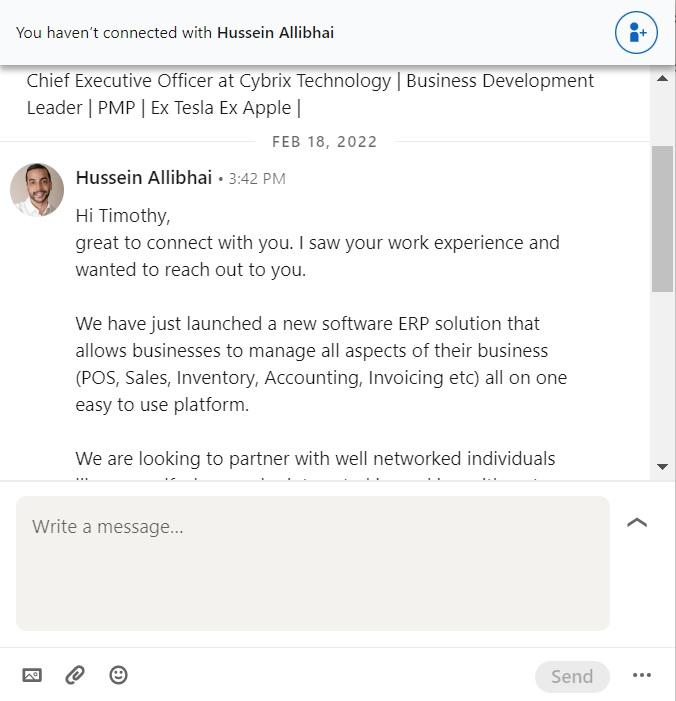
Text ads are the small ads that appear on the right-hand side of a LinkedIn page:
Carousel ads feature multiple images in one:
Begin by creating several versions of the same ad using different formats. For example, you could create a sponsored post and InMail to promote one product or service.
Once you’ve created your ads, track their performance. Keep a close eye on metrics such as clicks, impressions, and conversions. This tells you which ad format is performing best. Use this data to make data-driven decisions about which ad format to use in future LinkedIn campaigns.
Continue to test different ad formats on an ongoing basis. As your audience and objectives change, you may find out that one format performs better. Then, you can tweak things as needed.
6. Include a Strong Call-to-Action (CTA)
Here’s another one of the LinkedIn ads’ best practices you shouldn’t ignore: include a powerful CTA. Your CTA is what motivates your audience to take action. This could be:
- clicking through to your website,
- filling out a form,
- or signing up for a newsletter.
Always use action-oriented language that creates a sense of urgency. Words like “Get Started,” “Learn More,” or “Sign Up Now” can encourage users to take immediate action.
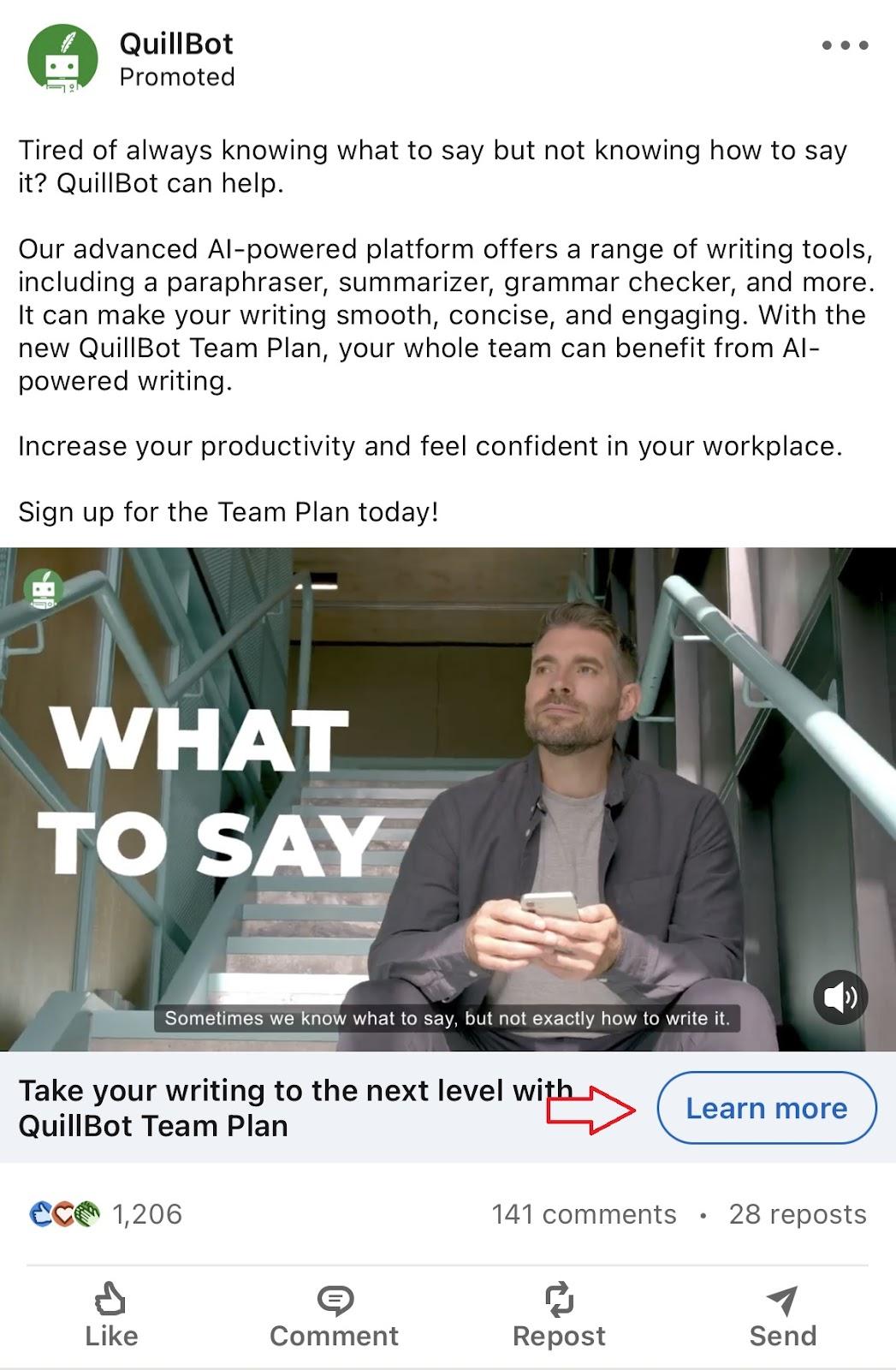
Be sure to use clear and straightforward language so there is no confusion about what action you want your audience to take.
Suppose you’re adding your CTA directly to your ad graphics like Funnel did below. Then, you want to make sure your CTA is prominently displayed and stands out from the rest of your ad content.
Use contrasting colors or bold fonts to draw attention to your CTA, and make sure it’s positioned in a place that is easy to find.
Avoid using too many CTAs in a single ad. This can be overwhelming for users and dilute the effectiveness of your message.
7. Optimize Landing Pages
An optimized landing page is necessary for successful LinkedIn advertising. After all, what good is a well-crafted ad if the destination URL is confusing or irrelevant?
First, ensure your landing pages are responsive and mobile-friendly. Remember, 80% of engagement on promoted content on LinkedIn comes from mobile phones.
A mobile-optimized landing page should load quickly and be easy to navigate.
Besides mobile-friendliness, your landing page copy should be clear, concise, and free of jargon. Use headlines and subheadings to break up your content and make it easier to skim. Use bullet points and short paragraphs to keep your content digestible.
What’s more, make sure that your landing page’s user interface is simple and intuitive. Your call to action should be prominent and easy to find. Be sure to keep any form fields as minimal as possible. The fewer steps a user has to take to complete their desired action, the better.
Clear visuals are also essential for guiding users toward your desired action. Use images and videos that are relevant to your message.
Speaking of message, it’s equally important to maintain consistency between your ad and landing page messaging. This means using the same language and tone and reflecting on any promises made in the ad on your landing page. By doing so, you’ll build trust with your audience and increase the chances of them completing your desired action.
LinkedIn ads best practices summarized
LinkedIn is a powerful platform for achieving your advertising goals. But to take advantage of it, be sure to define clear objectives and know your target audience. You also want to blend eye-catching visuals with compelling ad copy and a strong CTA.
While doing these, you can test various ad formats to see which works best for you. Remember, you have to send your leads to your landing page from the ads. So, make sure to optimize your landing page.
Follow these LinkedIn ads’ best practices to create successful campaigns with guaranteed conversion.

